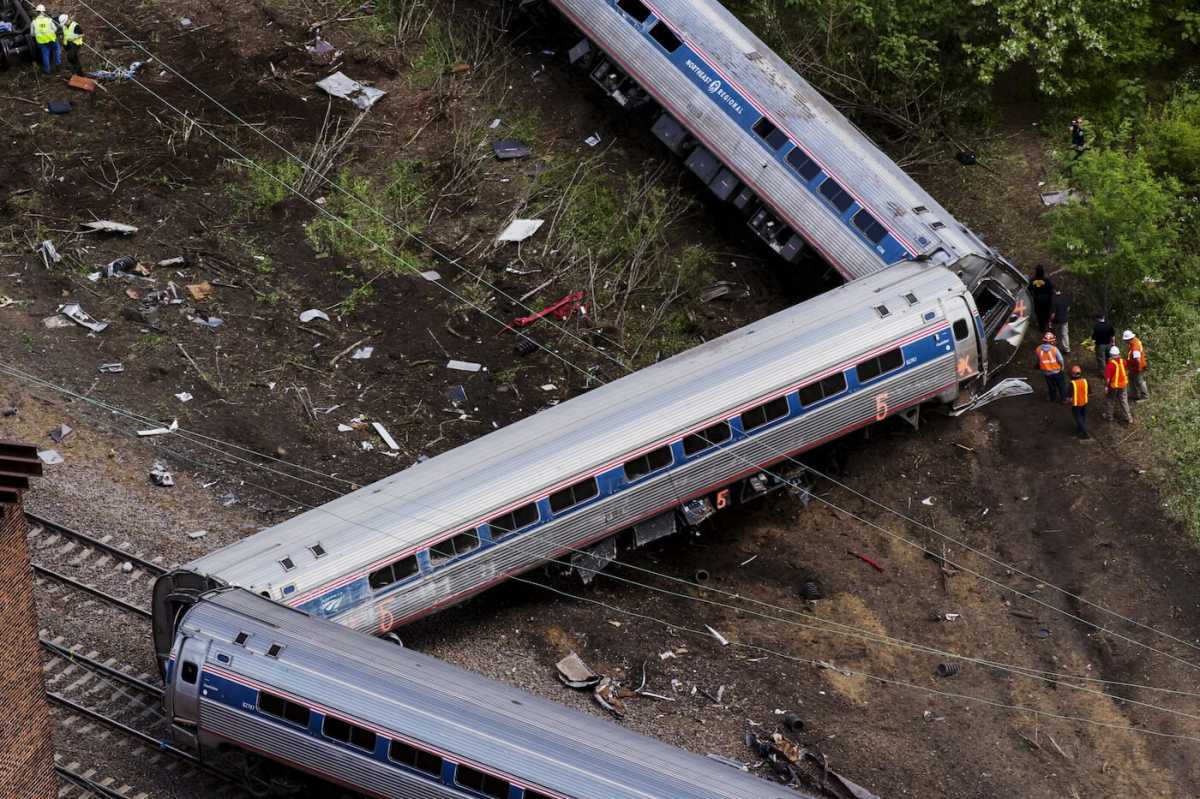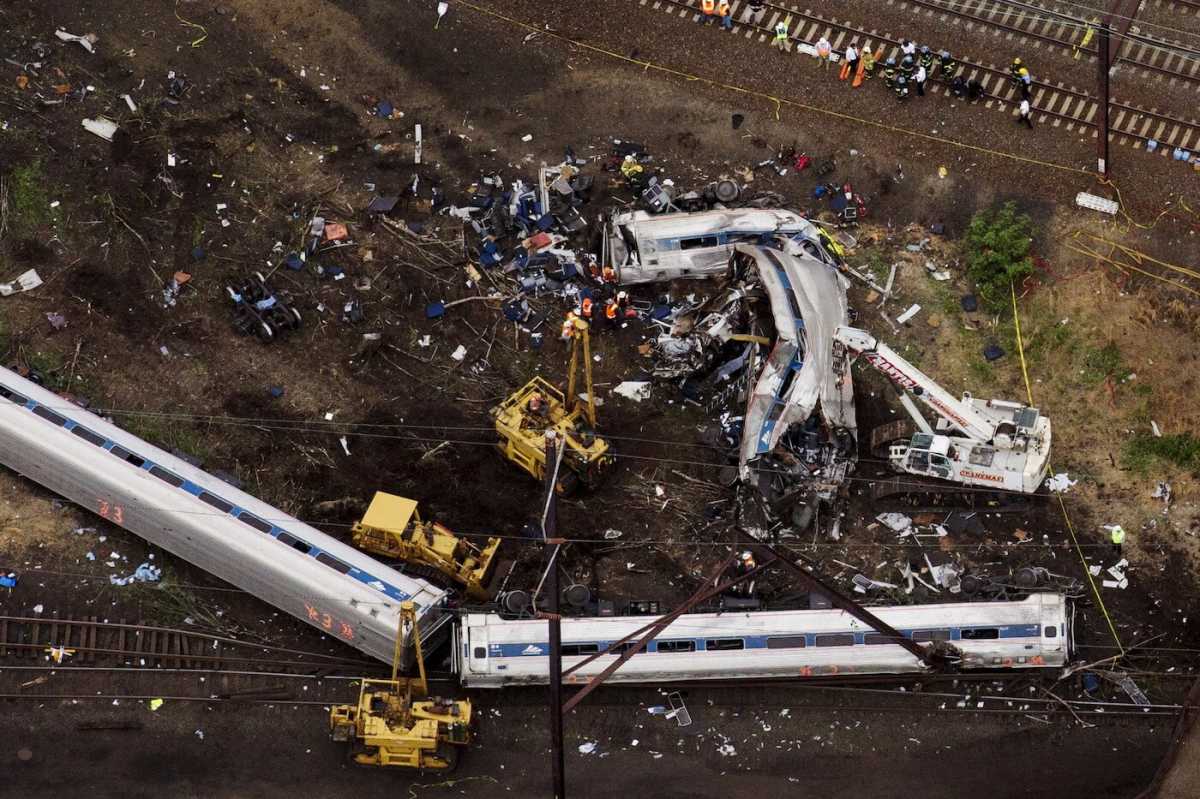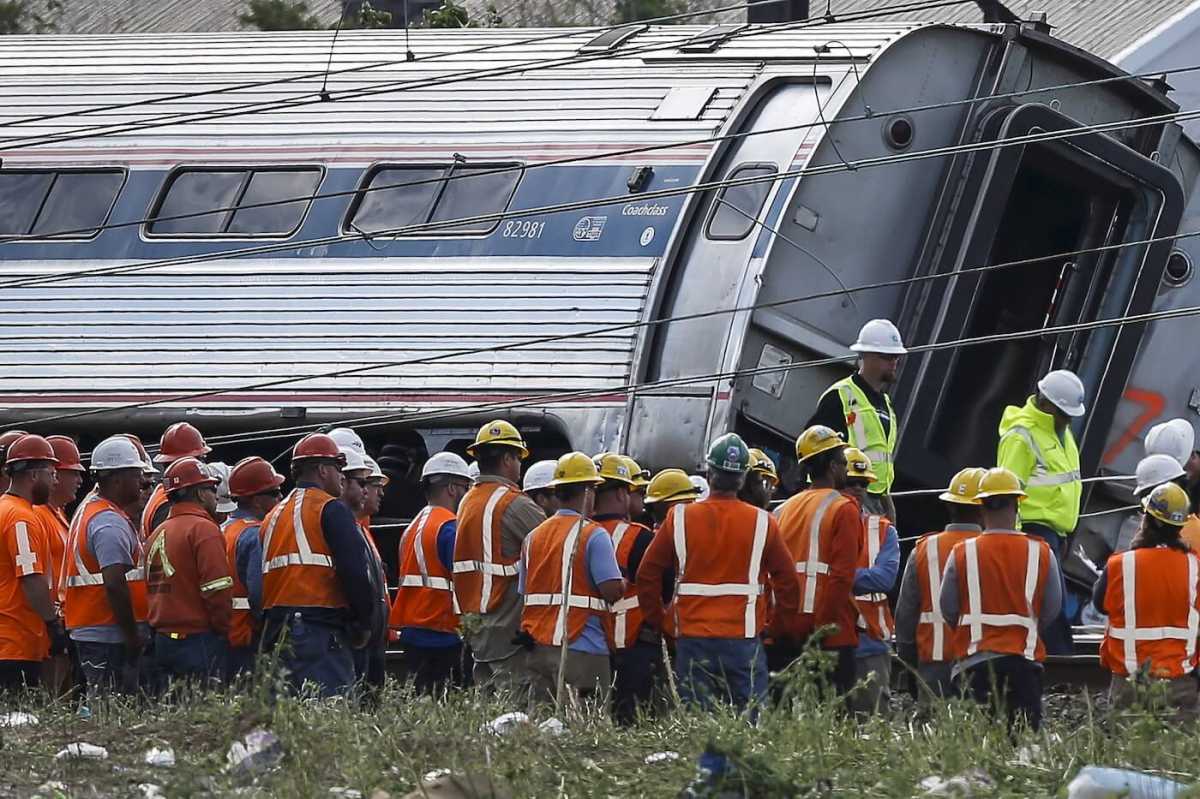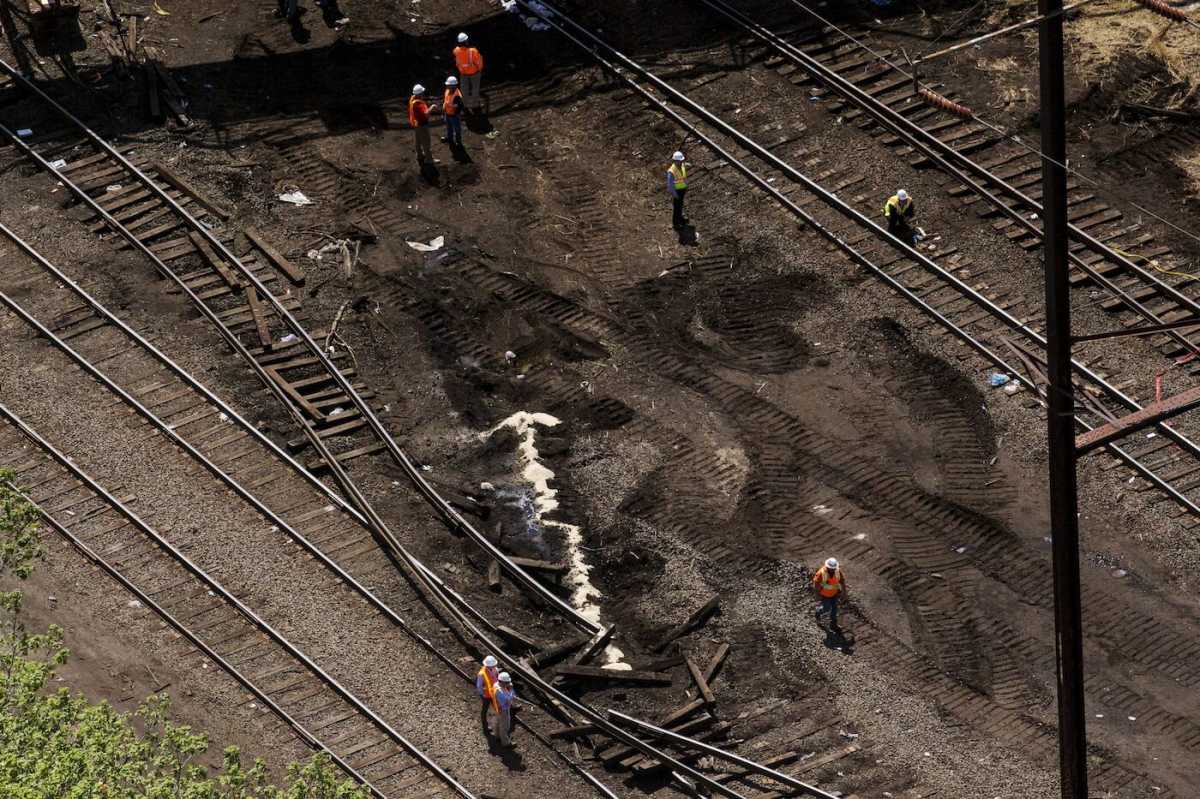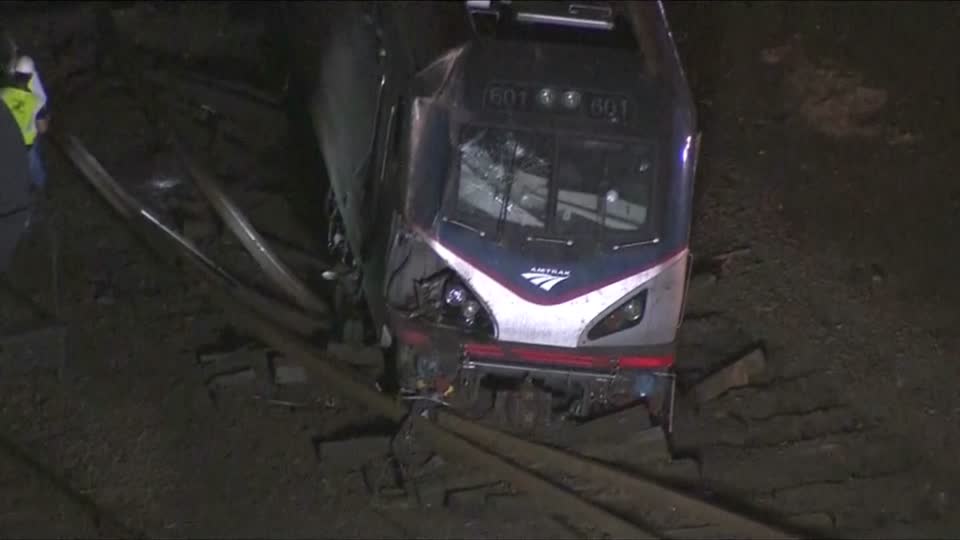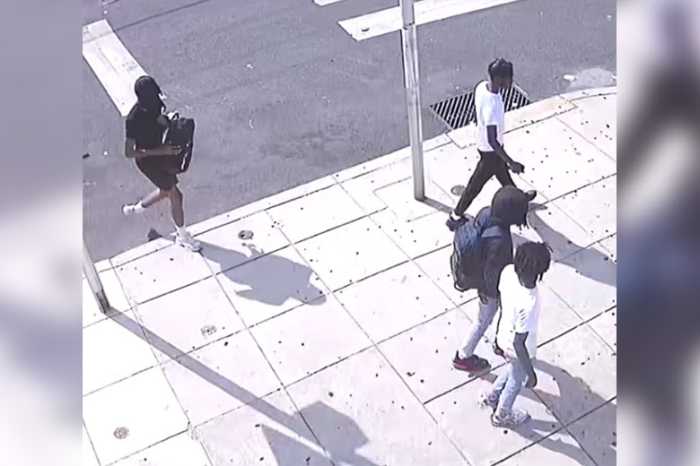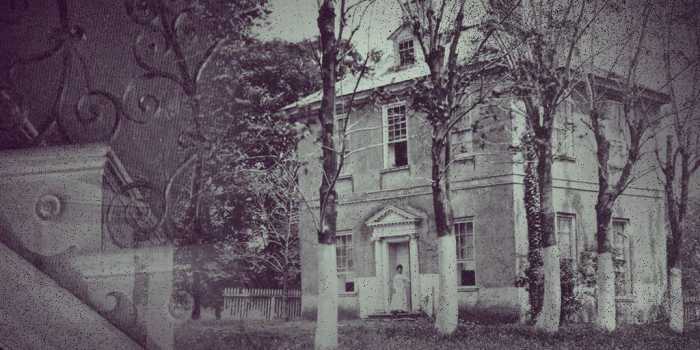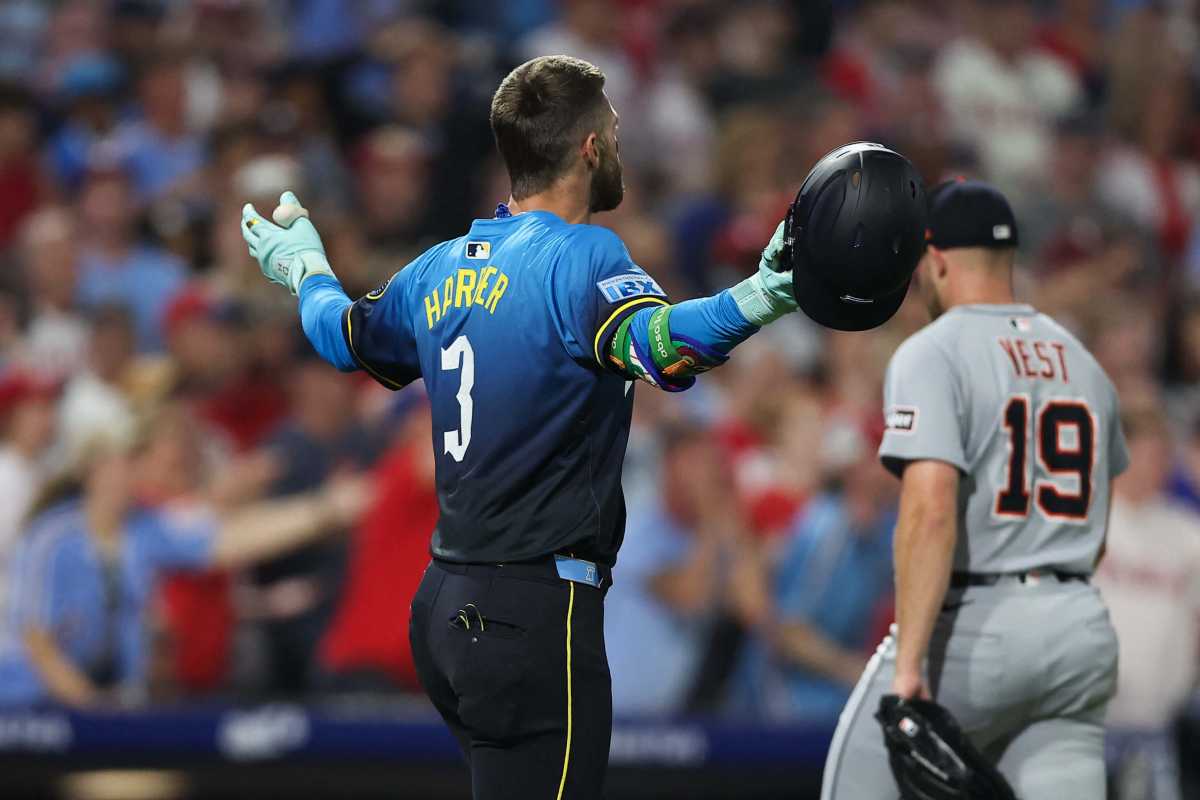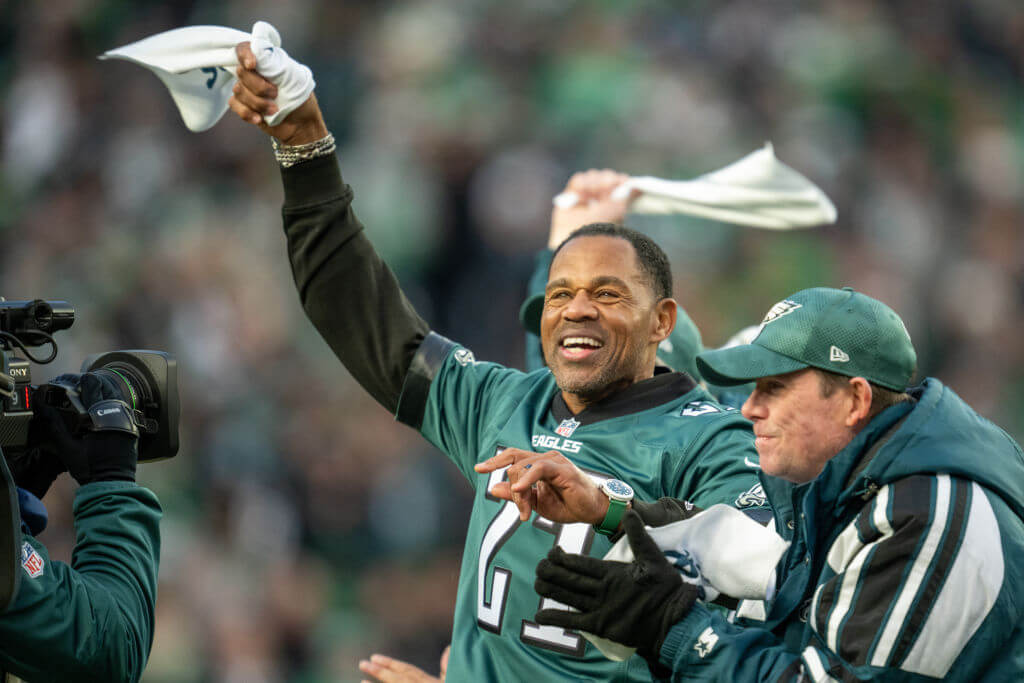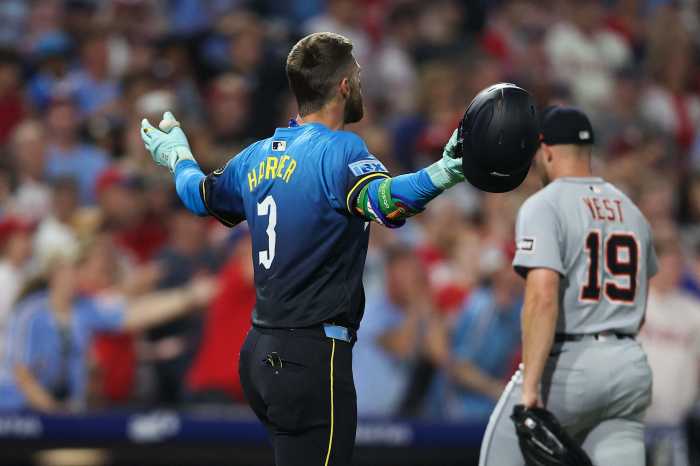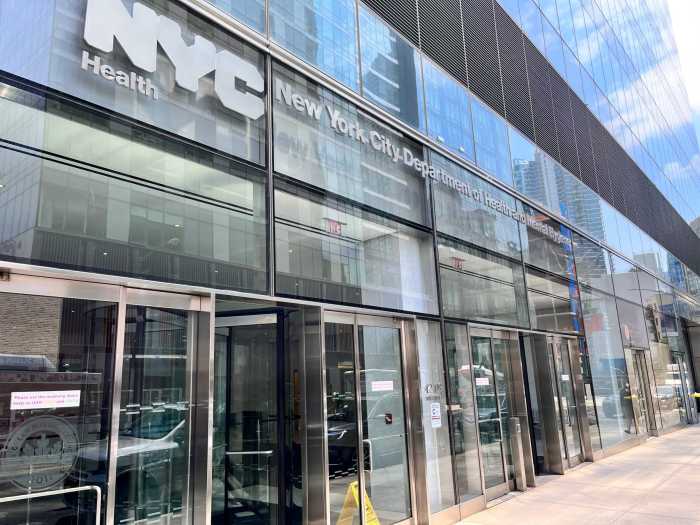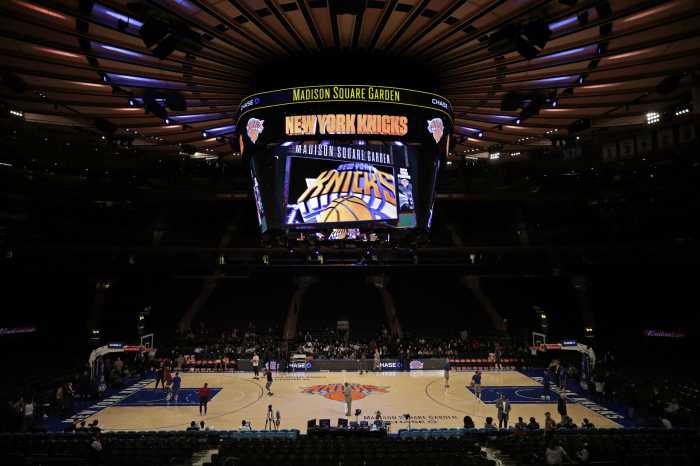By Jarrett Renshaw
PHILADELPHIA (Reuters) – The Amtrak train that derailed in Philadelphia and a separate commuter train in the vicinity may have been hit by projectiles of some kind shortly before the wreck, a U.S. transportation official said on Friday, after investigators interviewed members of the Amtrak crew. But when questioned for the first time about the crash Tuesday night, the Amtrak engineer who was driving the train said he had no memory of anything that happened shortly before the wreck, which killed eight people and injured more than 200 others, said Robert Sumwalt, a member of the National Transportation Safety Board (NTSB). The Federal Bureau of Investigation (FBI) was called in to examine a remnant of the Amtrak locomotive’s shattered windshield with a circular damage pattern, Sumwalt said.
The revelation that Amtrak train No. 188 might have been struck by a bullet, rock or other object added an unexpected twist to a crash probe that initially focused on why the train had accelerated to over 100 miles per hour (160 km per hour) in the minute before it barreled into a curved track segment where the authorized speed limit was just 50 mph (80 kph). An assistant conductor told NTSB investigators on Friday that the train run that day had been unremarkable until a few minutes after pulling out of Philadelphia’s 30th Street station, the last stop before the accident, Sumwalt said. At that point, she heard the engineer, 32-year-old Brandon Bostian, talking by radio with the driver of another train from the Southeastern Pennsylvania Transportation Authority (SEPTA).
The other driver, according to her account, said he had reported to a train dispatcher that his windshield had been cracked by a projectile that he believed was either fired from a gun or thrown at his train, and that he had made an emergency stop as a result, Sumwalt said. The conductor told investigators that Bostian then replied that he believed his own New York-bound Amtrak train had been similarly struck, Sumwalt said.
It was moments later that the Amtrak train began to round the curved section of track at twice the authorized speed and derailed in the city’s Port Richmond neighborhood along the Delaware River, according to her account. Sumwalt said FBI agents would arrive on Friday night to examine a portion of the lower left-hand corner of the locomotive’s battered windshield that appeared to have been cracked by a flying object of some type. The Philadelphia Inquirer and other media outlets reported Friday that a third train, an Amtrak Acela, had also been hit by an unidentified projectile that cracked a window on one of the cars about five minutes before it entered the 30th Street station, citing an account of a passenger. CBS News cited federal safety investigators as saying they were aware of the report of a third train being hit.
The Wall Street Journal, citing anonymous sources, reported late on Friday that the Federal Railroad Administration has ordered Amtrak to modify its current signal system to guard against overspeeding at several curves along the Northeast Corridor, including the site of Tuesday’s derailment. TRAIN’S SPEED RAISES QUESTIONS
Sumwalt said investigators still have no explanation for why the train was going as fast as it was, and why it had accelerated from 70 mph to 100-plus mph in the 65 seconds before the crash, as was shown on video footage taken by a camera mounted on the locomotive. The engineer had slammed on the emergency breaking system seconds before the wreck, investigators said.
Sumwalt said on Friday that Bostian told them he had no recollection of doing that, or of anything else after ringing the train’s signal bell as it rolled through the North Philadelphia station – about midway between the 30th Street stop and the crash site. Otherwise, Bostian reported no difficulties during what he remembers of the run, telling investigators he did not feel fatigued or have any illness before the accident, Sumwalt said.
He said Bostian was accompanied by his lawyer but was “extremely cooperative” during the 90-minute interview.
Experts said the train’s speed in the moments before the crash raised several questions: Could a technical glitch have caused the locomotive to speed up so rapidly? Would it take a deliberate action by the engineer? Or could human error, a medical issue, or some other factor like clumsiness explain the sudden burst of speed? Sumwalt said the train, as designed, can only be accelerated by manual control, but the NTSB would examine whether a mechanical malfunction could have caused the train to speed up on its own.
He said Bostian reported to investigators that he had experienced technical problems on his way south to Washington from New York earlier that day. He did not elaborate.
Bostian, he said, began his railroad career as a brakeman while in college, joined Amtrak as a conductor in 2006 and became a locomotive engineer in 2010. He had been on this particular route for several weeks, driving the train from New York to Washington and back once a day, five days a week. Steve Sullivan, a conductor turned consultant at RL Banks and Associates, said it was unlikely that a mechanical issue with the locomotive caused the acceleration, though the NTSB has not ruled out that possibility. Sullivan said he never heard of a train accelerating without someone moving the throttle. The throttle of the locomotive that Bostian was operating has eight settings, with each click forward accelerating the train, said Charles Culver, a certified conductor and engineer based in Texas who is not connected to the investigation. Culver said it does not take much force to move the throttle forward and it was possible the engineer could have fallen and moved the throttle. Passenger trains, unlike freight trains, can increase speed rapidly, he said. “In order to increase the speed as much as it was increased in this case, you would have had to really, really move the throttle,” Culver said. “Frankly, I am puzzled about the whole thing.” All engineers are required to know speed restrictions on their routes, but Culver said it was possible the engineer lost awareness of the train’s location due to some medical condition.
Sullivan offered another possible scenario, though it was entirely speculative: “Something distracted him. He lost focus, and he thought he already went through the turn and that’s why he was accelerating,” the consultant said. The engineer’s attorney, Robert Goggin, has said Bostian had turned off his cell phone, as Amtrak requires of all engineers behind the controls.
The NTSB’s Sumwalt said federal law requires transportation personnel involved in an accident to be tested for drugs or alcohol but it would take “some time” for those results to come back. (Additional reporting by Ellen Wulfhorst and Barbara Goldberg in New York, and David Morgan and Mark Hosenball in Washington; Writing by Frank McGurty and Steve Gorman; Editing by Jeffrey Benkoe, Lisa Shumaker, Ken Wills and Richard Borsuk)



